June 24, 2025 | 23:14 GMT +7
June 24, 2025 | 23:14 GMT +7
Hotline: 0913.378.918
June 24, 2025 | 23:14 GMT +7
Hotline: 0913.378.918
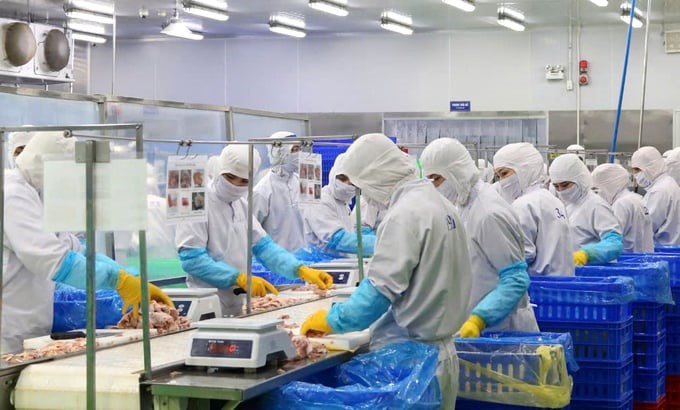
Dong Nai will improve deep processing capacity for the livestock industry. Photo: Le Binh.
Mr. Tran Lam Sinh, Deputy Director of Dong Nai Department of Agriculture and Rural Development, said that in the whole country's general development trend, Dong Nai has oriented the development of the livestock industry to 2030 as a modern industry, in terms of scale, infrastructure, and livestock farming processes on farms.
Additionally, household farming will also be invested in to ensure no environmental pollution and create products that meet food safety criteria.
To modernize the livestock industry, the disease control capacity of Dong Nai's livestock farming will be improved in the coming time. To be more specific, Dong Nai has set a goal of building 10 disease-free zones according to Vietnam's standards, including 3 disease-free zones according to the standards of the World Organization for Animal Health. This aims to export livestock products.
At the slaughtering stage, Dong Nai will gradually narrow down small slaughterhouses and focus on investing and forming large-scale slaughterhouses to ensure food safety and veterinary hygiene standards for meat products when bringing them to the market. Besides, Dong Nai will improve processing capacity, especially deep processing, to increase added value for the livestock industry.
Dong Nai will also focus on improving the capacity of inspection and supervision of materials serving livestock farming. Specifically, improving the capacity to inspect and supervise veterinary medicines, raw materials, and additives used in animal feed production. Thereby creating a source of good-quality input materials and ensuring safety for livestock farming.
According to Mr. Nguyen Tri Cong, Chairman of the Dong Nai Livestock Association, in the trend of developing a modern and sustainable livestock industry, in recent times, many businesses and farms in Dong Nai have focused on investing in modernizing barns and livestock equipment.
Thanks to that, the livestock infrastructure and technology in businesses and large farms are now very different than ten or twenty years ago. Many businesses and farms have accessed new technologies from advanced livestock farming countries.
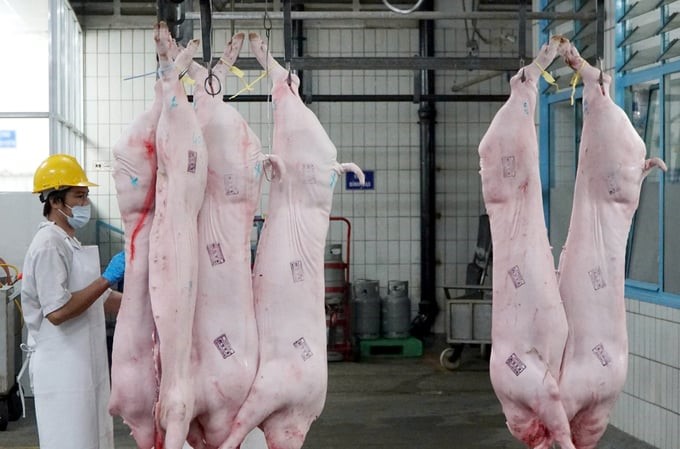
Dong Nai will focus on investing in large-scale slaughterhouses. Photo: Le Binh.
Modernizing barns and livestock equipment helps livestock facilities in Dong Nai meet increasingly high environmental requirements. At the same time, technological innovation helps businesses and farms produce products that meet market needs.
According to Mr. Cong, in addition to developing livestock farming in the direction of sustainability, modernity, and building disease-free livestock zones, Dong Nai needs to pay attention to building a professional slaughtering and distribution system for meat products. That is because, not including poultry, Dong Nai's livestock industry is supplying the Ho Chi Minh City market, the market in the province, and neighboring provinces with about 8,000 pigs/day.
With such a large amount of live pigs being brought to the market, it is necessary to have large-scale slaughterhouses right in Dong Nai to be able to slaughter and distribute methodically and professionally, ensuring the standards on veterinary hygiene and food safety for livestock and poultry meat products.
In that spirit, the Dong Nai Livestock Association proposed to establish a wholesale market specializing in meat products at Tan Bien Market (Bien Hoa city, Dong Nai). This wholesale market will play an important role in controlling veterinary hygiene and food safety for Dong Nai's meat products before being sent to distribution and consumption channels.
By the end of the first quarter of 2024, Dong Nai has still been the country's livestock capital, with 2.29 million pigs and 23.1 million chickens. Other types of livestock include about 109,000 buffaloes and cows, 2.8 million waterfowl, 8 million quails, and 202,000 goats.
To facilitate the export of livestock products, Dong Nai is focusing on building an export poultry farming chain associated with the formation of disease-free livestock zones according to international standards. This chain is linked between De Heus Group and many provinces and cities in the Southeast. Besides, Vinh Cuu and Trang Bom districts were also chosen as "bases" to build disease-free zones to export live pigs to the large market of China.
According to Mr. Nguyen Truong Giang, Director of the Provincial Sub-Department of Animal Husbandry and Veterinary Medicine, Dong Nai is among the country's top provinces for building disease-free zones. Currently, the whole province has 5 districts recognized as disease-free zones, 11 communes certified as disease-free with bird flu and Newcastle, and 657 livestock farms certified as disease-free.
Translated by Thu Huyen
/2025/06/17/3942-2-143243_548.jpg)
(VAN) Recently, in Sweden, the Secretary of the Binh Dinh Provincial Party Committee presented the Investment Registration Certificate for the 'Polyester Fabric Recycling Complex' project to SYRE Impact-AB Company.
/2025/06/12/3721-2-202745_83.jpg)
(VAN) TH made an impression at Seoul Food 2025 with its line of natural beverages, paving the way for Vietnamese food products to enter the South Korean market.
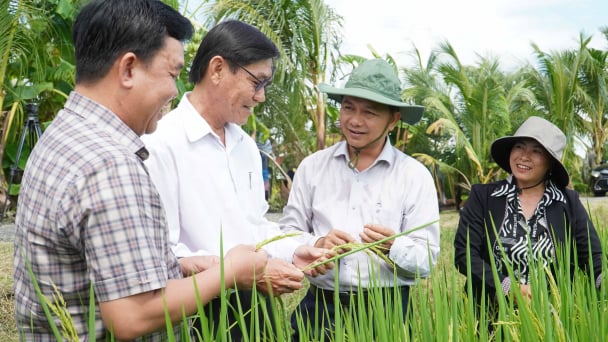
(VAN) Soc Trang's success in rice exports stems from a strategy of developing fragrant and specialty rice cultivation areas and standardizing production toward low-emission practices.
/2025/06/11/1311-5-120811_839.jpg)
(VAN) The pig farming industry is facing the challenge of comprehensive restructuring to meet requirements for quality, safety, traceability, and market expansion both domestically and for export.
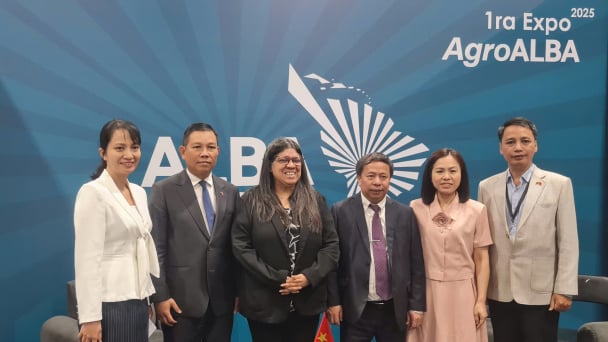
(VAN) Vietnam considers participating in ALGROALBA in order to expand agricultural production, coordinate the assessment and effective exploitation potential land.
/2025/06/05/5314-1-184727_407.jpg)
(VAN) From seemingly worthless fish scales and skin, enzymes and lactic ferments can transform by-products into peptides, opening a sustainable, effective business direction and elevating Vietnamese seafood.
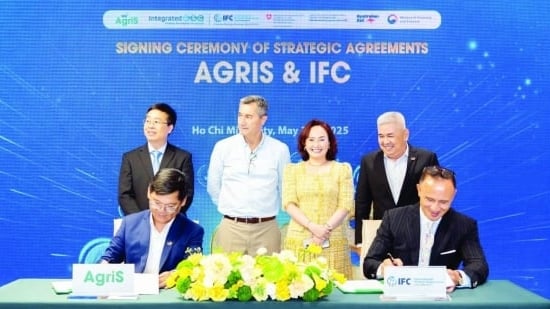
(VAN) TTC AgriS and IFC signed a strategic partnership to develop a sustainable agricultural value chain, aiming to achieve the Net Zero target by 2035.